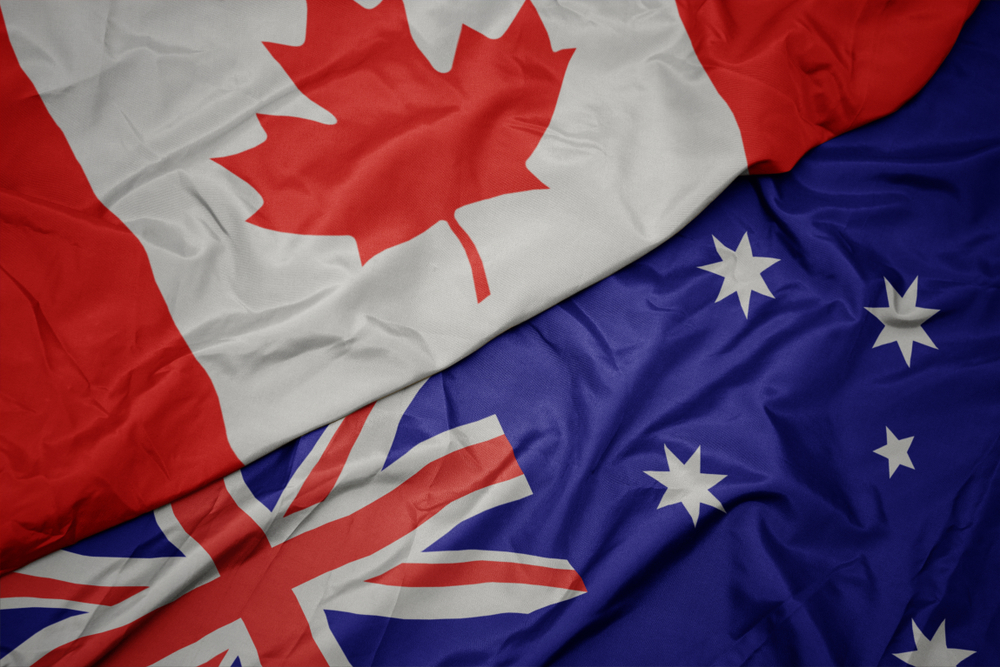Trump may trump USPTO AI Strategy
An Executive Order issued on day one of the new Trump Administration may force the USPTO to re-calibrate its recently released AI Strategy.

The United States Patent & Trademark Office (USPTO) launched its highly anticipated Artificial Intelligence Strategy on January 14, providing a comprehensive road-map for the agency’s vision on AI. However, an Executive Order issued on day one of the new Trump Administration—a mere seven days after the report’s launch—may require the agency to re-assess its approach.
Context
The USPTO’s AI Strategy was introduced as a result of Executive Order 14110, titled Executive Order on Safe, Secure and Trustworthy Development and Use of Artificial Intelligence, signed by former President Joe Biden on October 30, 2023. The policy goals outline a focus on promoting innovation, upholding civil rights and ensuring responsible and effective use of AI in the US government. These goals are reflected through the USPTO’s Strategy, focusing on the development of IP policy to advance innovation and creativity, developing AI expertise and embracing AI tools in its workforce and collaborating with US government agencies on shared AI priorities.
Disruptor
On January 23, 2025 President Trump signed Executive Order 14179, titled Removing Barriers to American Leadership in Artificial Intelligence, citing the need to “develop AI systems free from ideological bias or engineered social agendas”. This Executive Order revokes certain existing AI policies and directives deemed to act as barriers to American AI innovation – including Executive Order 14110.
What does this mean for the USPTO AI strategy?
“AI strategy in the US is pretty volatile right now. The foreword of the strategy outlines that its goal was to align the USPTO’s AI efforts closely with the Biden administration’s initiatives. It seems that the United States has gone completely the other way now,” shared ROBIC Principal Vincent Bergeron.
“President Trump’s Executive Order is aimed at removing barriers to American leadership in AI, which is really the direction the US is going now. With that Executive Order the relevant agencies will be reviewed by the new administration and will take any necessary action to revise what was previously done in relation to the previous Executive Order.
“When we think about IP rights for AI inventions, areas such as inventorship come to mind, and what can actually be covered by a patent – what can you grant protection to? Though these areas are theoretically harmonised globally, these new developments from the US could result in a kind of lawlessness. However, generally in areas of development like this, Europe is the first to put out a strong piece of legislation, which will likely be followed by the rest of the world. So even though the US are now removing barriers to AI development, we might see that some US states will go forward with strong legislation relating to AI and patent protection.”
The USPTO is yet to comment on any changes to the AI Strategy as a result of Executive Order 14179.






